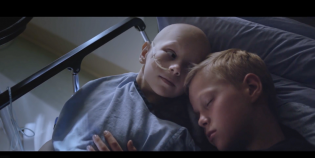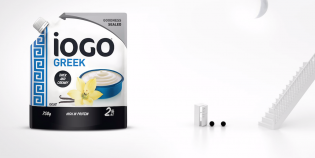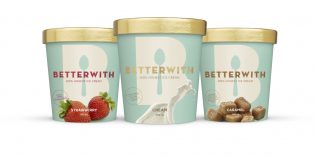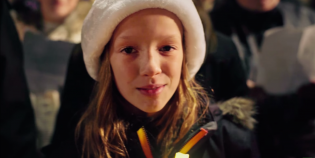What is the value of a Facebook “like” for marketers?
That is the question Dare Labs and Optimum PR were attempting to answer by matching candidate “likes” on Facebook with votes cast in the recent federal election.
The so-called Social Election Experiment tracked how closely aligned Facebook “likes” of election candidates were with actual results, creating what Angele Beausoleil, vice-president of strategy and innovation for Dare Vancouver, described as the very first “digital straw poll.”
While the experiment was able to predict election results based on Facebook “likes” with 57% accuracy on a national basis, the ability to accurately predict the results rose to 76%—in line with standard polls—when tracking bigger urban centres such as Toronto, Montreal and Ottawa.
Beausoleil attributed the discrepancy to the fact that candidates in larger urban ridings tended to have more Facebook pages than those in rural ridings (74.3% in urban areas versus 55% nationally).
According to data compiled by Dare and Optimum, more than 511,000 people—or 3.2% of the country’s eligible voters—“liked” a political candidate during the election.
Among the major party leaders, the NDP’s Jack Layton garnered the most “likes” (73,188), followed by Liberal leader Michael Ignatieff (70,081), Prime Minister Stephen Harper (56,801), Green Party leader Elizabeth May and Bloc Québécois leader Gilles Duceppe (10,600).
According to Beausoleil, the experiment provides a potential blueprint for establishing an advertising currency based around the value of a Facebook “like.”
“Everyone is trying to understand the value of Facebook right now,” she said. “In this case it is for an election campaign, but you can imagine how well this will translate for marketing and promotional campaigns.”
An important distinction, however, is that some brands require consumers to “like” them before being able to unlock content or participate in polls and games, which could skew the results.
“It really does create a barrier to entry, and to identifying your true loyal brand fans,” said Beausoleil. “I would equate it to poor quality lead generation and I think brands really have to start considering if it’s about the quantity or the quality.
“When you’re leveraging personal networks… you really do want to have that relationship with an individual that has a propensity to like your brand and is not cynically saying ‘I want to win a prize.’”










